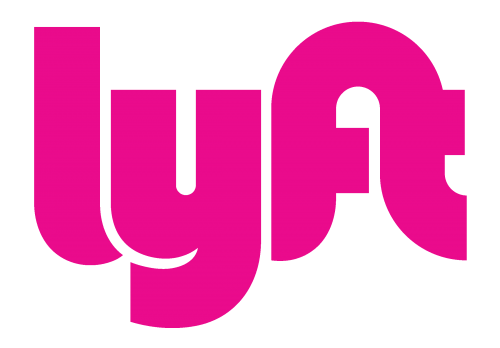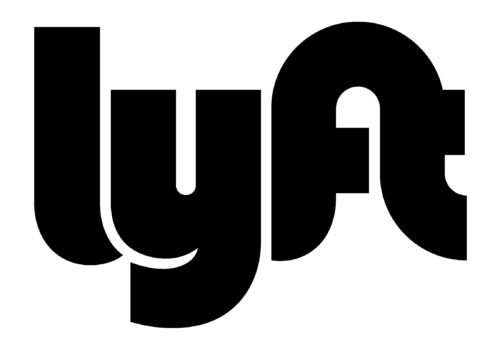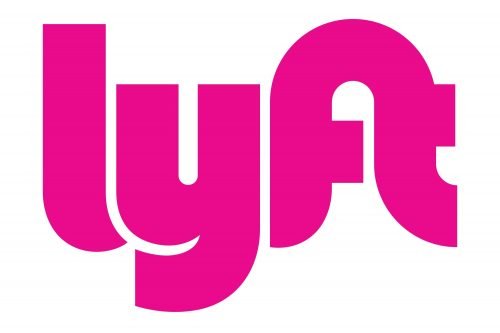The Lyft logo broke the mould in logo design for the transportation industry. Instead of the strict, masculine emblems typical for the field, the company opted for a bright, hip alternative.
Meaning and history
The distinctive features of the logotype – the pink color and the bubble letter typeface – are also its most meaningful features. In addition to being extremely eye-catchy and fun, pink is also the most “female” color possible. For the company, it was a convenient way to emphasize it welcomes female drivers and passengers. The curvy shapes of the letters have also something girly about them making them very different from the minimalistic and masculine logos of the company’s competitors.
Emblem
The original logotype included pink mustaches, which appeared due to Ethan Eyler, a friend of the company’s founders Logan Green and John Zimmer. When Lyft was making its first steps, Eyler was the head of a company selling large pink mustaches that could be placed on the front grille of a car.
Zimmer and Green thought it would be fun to embellish the Lyft cars with such mustaches on their front grilles, so they began to give away them at the company events and incorporated them into the logo.
Pink moustache symbol
In the course of time this part of the logo was removed. As the company started working in the premium segment, it offered its drivers more discreet options. Instead of the “regular” pink mustache, the driver could opt for a mustache-shaped light or a color-changing dashboard indicator. In spite of this, the mustache certainly preserves its status as the most recognizable element of Lyft’s branding.
Font
The unusual shape of the letters, as well as the way the “f” flows to the “t” are the distinctive features of the logotype. The glyphs are a custom artwork.
Color
The color scheme features bright splashes combined with neutral colors. The most eye-catching of the colors is pink (PMS Neon 813). Black is not actually black, but a very dark gray (PMS 533), while a subtle silver (PMS 649) is used instead of white. The brand guidelines also mention mulberry (PMS 2735).
The Lyft logo may combine these colors in three versions. The primary logo features pink lettering on the “white” (subtle silver) background. The alternative logotype is built on the reversed color scheme (the white text on the pink background). The third variant includes charcoal lettering on white background.













